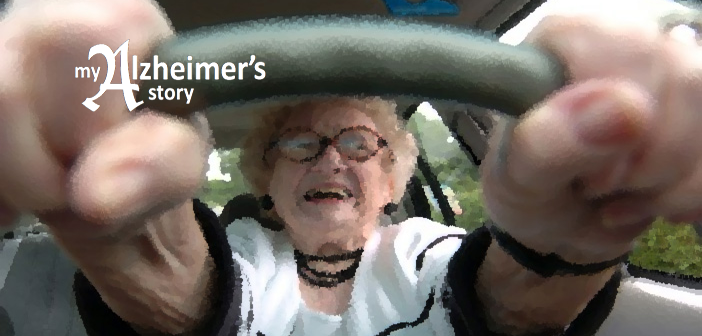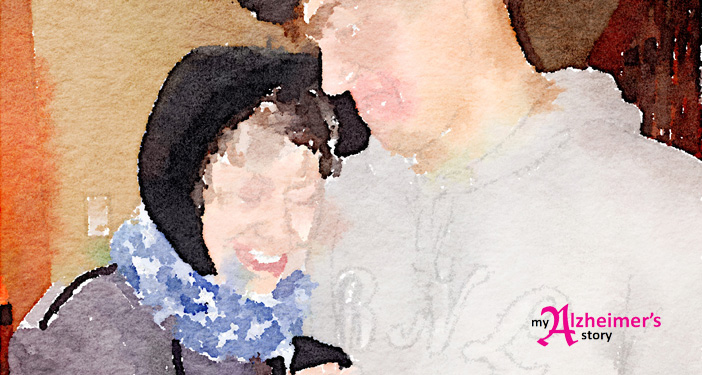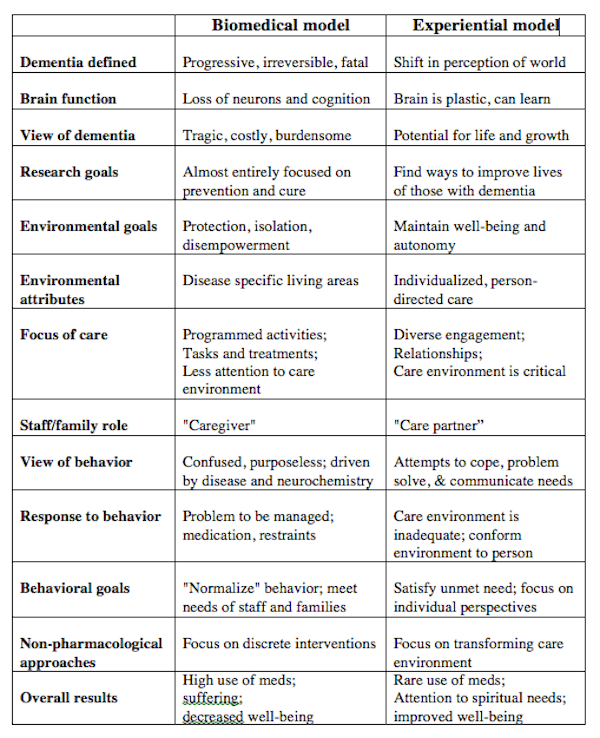“Calling me ‘dear’ is like a red flag to a bull,” I once said to a friend. “It makes me want to charge. It’s patronizing, condescending, and rude.”
It also rankles me when I hear elderly people who live with dementia being called pet names by others who could be their children or grandchildren. Maybe these folks think it’s sweet to call old people dearie and the like, but it’s not. It’s disrespectful at best, and dangerous at worst. It diminishes and demeans; it’s one of the myriad ways we rob the elderly of their dignity.
Take a look at this revealing 2008 NYT article, which says:
“…a team of researchers videotaped interactions in a nursing home between 20 residents and staff members. They found that when nurses used phrases like “good girl” or “How are we feeling?” patients were more aggressive and less cooperative or receptive to care. If addressed as infants, some showed their irritation by grimacing, screaming or refusing to do what staff members asked of them.”
And Karen Austin reports in Elderspeak: Babytalk Directed at Older Adults:
“Public health experts have found that when older adults are exposed to the patronizing language of elderspeak, their performance on tasks decreases and their rates of depression increase. Other studies show that even people with moderate to severe dementia can tell when people are talking down to them, and it decreases their level of co-operation.” (Italics mine.)
It’s no wonder older people with dementia respond with anger and aggression. Anyone would. I can see myself behaving exactly the same way if and when I get Alzheimer’s disease and someone tells me it’s time to “wake up dear, get up dear, sit down dear, drink your juice dear, calm down dear, do this dear, don’t do that dear, give me that dear, that’s not yours dear, be quiet dear, go to sleep dear…. ” all the while patting me on the hand as if I were a child, which I won’t be when I’m 80, even if I have a brain disease.
“Stick in your ear dear!” I hear my future self snap. To lessen the possibility that I may be labeled violent and aggressive, and then medicated into submission, I’m laying some ground rules ahead of time. Here are 50 names I don’t like being called now (unless you’re my mother or lover), and will like even less when I’m old and living with dementia; use them at your peril:
- Angel
- Angel face
- Baby doll
- Baby cakes
- Buttercup
- Beautiful
- Beauty
- Cutie
- Cutie pie
- Darling
- Darlin’
- Dear
- Dear one
- Dearest
- Dearie
- Doll
- Duck
- Duckie
- Gorgeous
- Honey
- Honey bun
- Honey bunch
- Honey bunny
- Honey cakes
- Hun
- Love
- Love bear
- Love bug
- Lovely
- Lovey dovey
- Peaches
- Petal
- Pet
- Poops
- Poopsie
- Pumpkin
- Pussycat
- Precious
- Sugar
- Sugar pie
- Sugar plum
- Sugar puss
- Sweetie
- Sweetheart
- Sweetness
- Sweet pea
- Sweet cheeks
- Toots
- Tootsie
- Treasure
Prefacing any of these with “My” makes them even worse (e.g. My darling, My dear, My love, My precious, My duck, My pet, etc.). You may call me Susan. S-U-S-A-N. Susan. That’s my name. Not dear. Nor lovey. Nor sweetie. Nor Hun.
And by the way, don’t tell me what do either. Consider yourself warned. In a nice way. Sort of 😛















